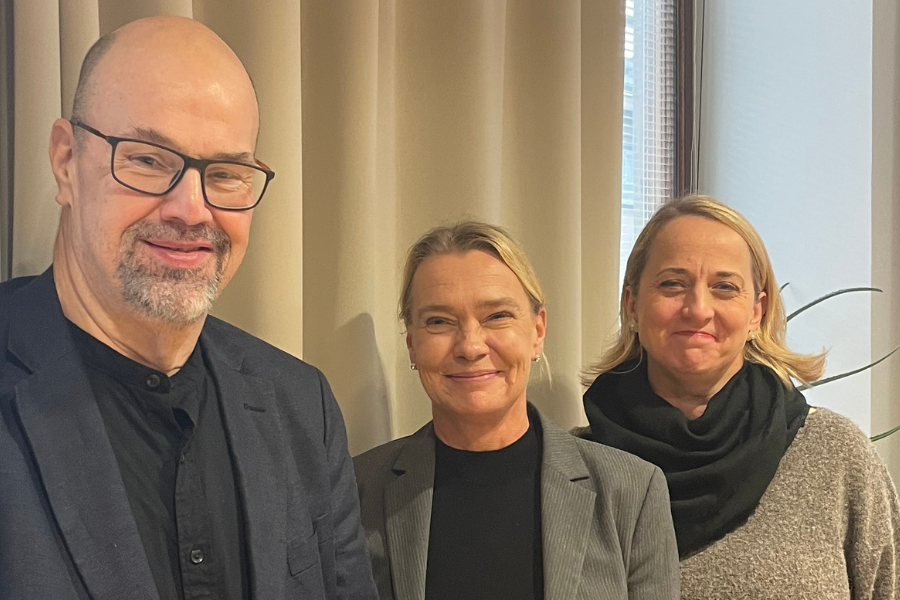
Irish government extends VAT compensation scheme, but no increase to funding pot
November 10, 2021
French livestreaming marathon breaks records to raise €10m for charity
November 10, 2021Income from charitable bequests continues to rise in the Netherlands, with Legacy Foresight announcing that its Dutch consortium saw ‘remarkable’ income growth in 2020. The group of 23 leading legacy charities reported a 23% rise in legal income during the year.
Now in its seventh year, charities within the Dutch consortium received €138 million in legacy income and 3,000 bequests last year, equating to around a third of the total legacy market in the Netherlands.
Leader of the Dutch Legacy Monitor, Arjen van Ketel, states that legacy growth is partly due to excess mortality from Covid-19, but that income has been rising over many years due to more people choosing to leave a gift in their will. He says:
“Legacy giving to charity is old in the Netherlands. We have living examples of organisations that started from a legacy 600 years ago. But over the last few decades, legacy giving has grown much faster than most other forms of giving from individuals and we believe that charities’ marketing efforts to encourage leaving a gift in a will has had a positive effect. Our research in the Netherlands shows that more people have a will and, importantly, that the share of baby boomers’ legacies is growing. Dutch Baby boomers are wealthier, more positive about making a bequest and more often child-free.”
Dutch legacy trends
Recent observations from the Dutch Legacy Monitor show that Dutch donors typically spread their giving over many organisations, with charities founded after World War II gaining the lion’s share. International aid and human rights organisations receive almost one third (32%) of that income (compared with around 8% in the UK) and while, in the past, many local church communities were sustained by donations and legacies, secularisation has seen a substantial proportion of donors move to other causes.
Since 2006, Dutch charitable bequests are no longer taxed. The tax rate outside the core family can be as high as 40%, and this is seen to be a strong motivator for legacy giving.
When it comes to barriers to legacy giving, van Ketel highlights that only public notaries can prepare wills in the Netherlands, which makes will-writing costly. While UK donors have testamentary freedom, in the Netherlands, children can only be partially disinherited and can claim up to 50% of their original share of the estate.
Predictions of future growth
Legacy Foresight predicts continued income growth, with the expectation that the main economic drivers for legacies (house prices and equities/stock price) will continue to perform well. For 2021, it’s anticipated that growth will be more than 8% due primarily to a higher rate of mortality, before dropping to a more steady annual rate of 2.5% for the remainder of the decade.
van Ketel adds:
“We’re seeing higher interest in legacy giving in the baby boomer generation in comparison to the older generation. It helps that communication regarding wealth and inheritance is much more open nowadays, but also that communication and fundraising for legacy giving has evolved. Nonprofits have learned together how to do this properly and more effectively. It is difficult to distinguished the effect of the separate elements, but together the climate for legacy giving has improved substantially here in the Netherlands.”
See more in Legacy Foresight’s Snapshot Report (in Dutch).
Photo by Hunt Han on Unsplash




